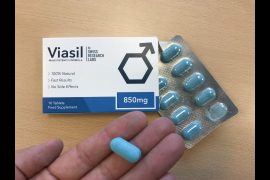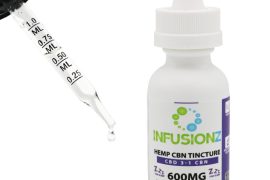A new way to inject skin fillers has recently raised questions among cosmetic surgeons. Micro-cannulas, which are about the size of a hair, is being used to replace classic dermal fillers like Restylane and Juvéderm. These tiny needles allow for smaller amounts of the products that typically take a long time to diffuse throughout the skin. But it’s not always a great thing, especially when you consider the potential side effects. Skin fillers like Restylane are injected into the face, lips, neck and other areas where wrinkles and folds are deep enough to need correction.

The product is deposited into the dermis, the layer of skin closest to the surface of your body. It is where collagen fibres are reinforced for more elasticity. When using microcannulas for dermal fillers, a scrupulous technique is required to avoid puncturing the thin layer of fat between the skin and muscle, leaving behind a permanent scar. Many people might not be aware of this type of injection, and it is a must to have proper knowledge about it. You can consider the following details as they will help you to know whether it is safe to use Microcannulas for dermal fillers or not.
Is It Safe to Use Microcannulas?
To determine if micro-cannulas are beneficial or detrimental, you need to see how your results compare. Will the results be worth the potential downsides? That’s for you to decide. In the end, it’s up to you to decide if spending a little extra time with traditional dermal fillers is worth it to minimize healing time and avoid any potential side effects.
Traditional dermal fillers can take up to a year to see the full results, but with micro-cannulas, the product is absorbed into the body much quicker. It means that your results will be less dramatic early on, but it also means that you will begin to see results sooner. Another potential benefit of micro-cannulas is less bruising and swelling, especially in fragile skin areas. The use of micro-cannulas also minimizes downtime and recovery time. Usually, it takes less than 30 days to see results.
On the other hand, there are adverse side effects associated with micro-cannulas. Micro-cannulas are a smaller version of the traditional dermal fillers like Restylane or Juvéderm, which means they have the same risk factors. They can also result in unwanted thinning of the skin, although this is usually only temporary. In addition to puncturing the dermis, micro-cannulas can cause damage to the surface of the skin and lead to collagen loss over time. It can be a significant drawback for looking for immediate results with minimal downtime.

Conclusion
With the details, you can get an idea about microcannulas and also learn whether it is safe to use them for dermal fillers or not. Once you understand the usage of these injections, it will be very beneficial and help you use them well. So try to grab a proper understanding of these fillers so that you can make the right decision while considering using them.




